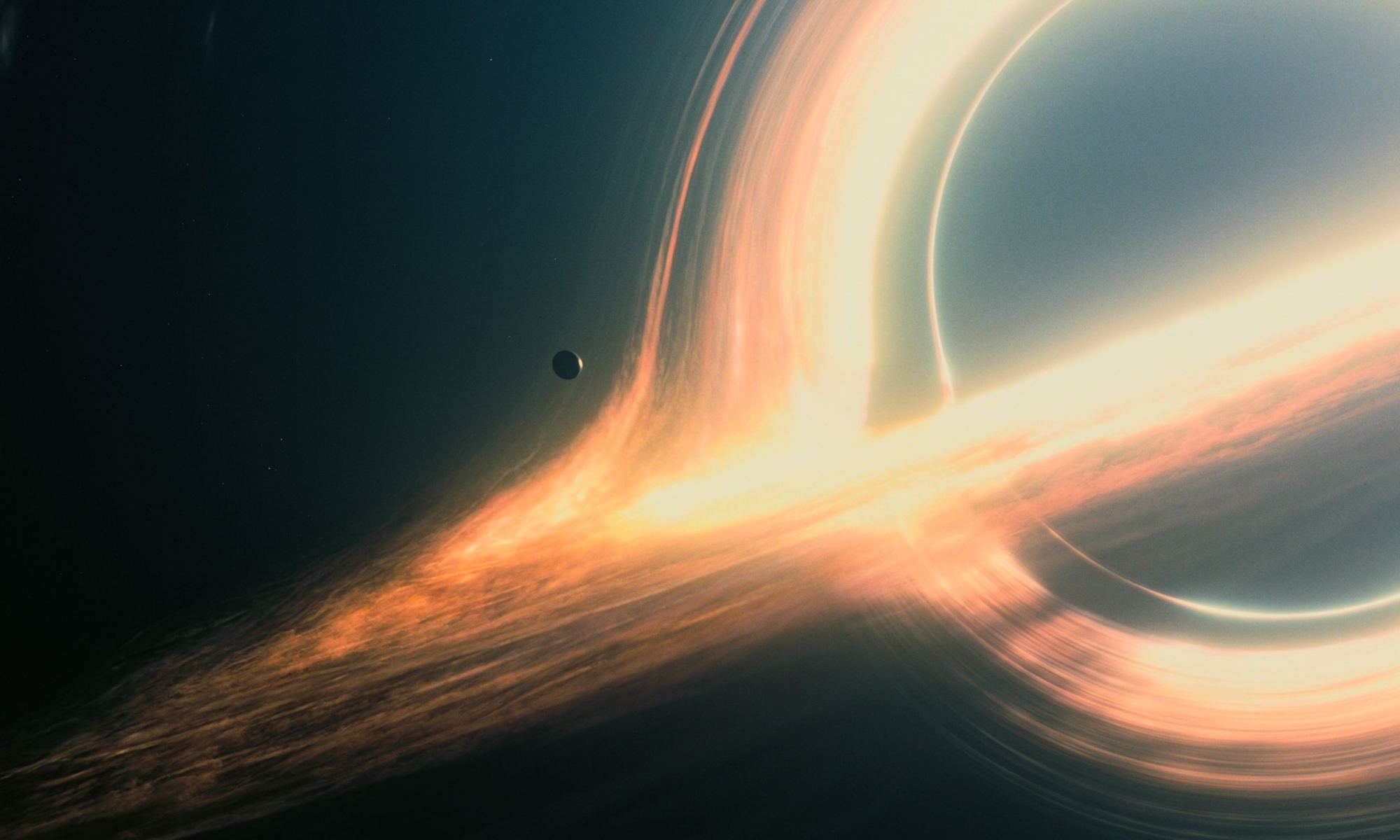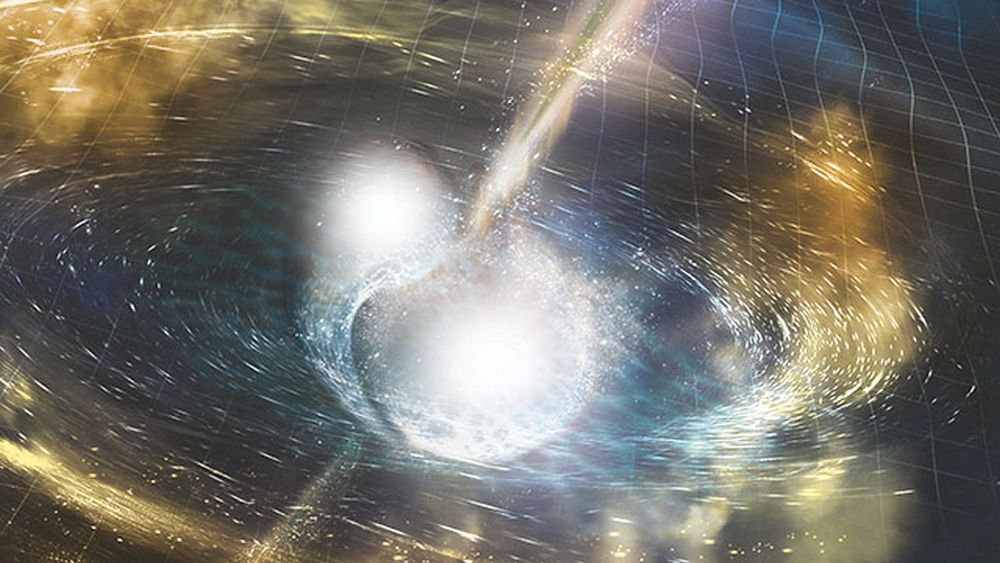Scientists discovered the Andromeda galaxy, known as M31, hundreds of years ago, and around a century ago, we realized that it had negative radial velocity toward the Milky Way. In other words, eventually, the two galaxies would merge spectacularly. That has been common knowledge for astronomers since then, but is it really true? A new paper from researchers at the University of Helsinki looks at several confounding factors, including the gravitational influence of other galaxies in our local group, and finds only a 50% chance that the Milky Way will merge with the Andromeda galaxy in the next 10 billion years.
Continue reading “Are Andromeda and the Milky Way Doomed to Collide? Maybe Not”Astronomers Use Artificial Intelligence To Find Elusive Stars “Gobbling Up” Planets
We recently reported on how the mountains of data produced by astronomical instruments are “perfect for AI.” We’ve also started reporting on several use cases for different AI algorithms. Now, a team of researchers from the University of Texas has developed a new use case that focuses on discovering the interior makeup of exoplanets by looking at a specific type of star.
Continue reading “Astronomers Use Artificial Intelligence To Find Elusive Stars “Gobbling Up” Planets”Rubin's Secondary Mirror is Installed

The construction of the Vera C. Rubin observatory has just crossed a major milestone with the successful installation of its 3.5 meter diameter secondary mirror. The observatory is now one step closer to first light in 2025, when it will begin the Legacy Survey of Space and Time (LSST): a mission to repeatedly image the entire sky, at high resolution, to create a time-lapse record of the Universe.
Continue reading “Rubin's Secondary Mirror is Installed”New Study Examines the Links Between Science Fiction and Astronomy

“Today’s science fiction is tomorrow’s science fact.” This quote, attributed to Isaac Asimov, captures science’s intricate relationship with science fiction. And it is hardly a one-way relationship. Whereas science fiction is constantly evolving to reflect new scientific discoveries and theories, science itself has a long history of drawing inspiration from the works of visionary authors, filmmakers, and popular culture. And in some cases, where scientists themselves were the visionaries (like Asimov himself), you had an instance of both!
The relationship between the two was the subject of a recent study by Samuel Boissier, a researcher with the Centre National de la Recherche Scientifique (CNRS) and the director of research at the Laboratoire d’astrophysique de Marseille (LAM). In an age when misinformation, “deepfakes,” and deliberate attempts to obscure scientific truths are at an all-time high, examining the interconnection between science, art, and science fiction is very important. According to Boissier, doing so offers people in the scientific community a way to engage with the public in a way that is relatable and accessible.
Continue reading “New Study Examines the Links Between Science Fiction and Astronomy”Good Thing We Found this Earth-Sized Planet Now. It’s About to Be Destroyed
Astronomers have confirmed the existence of exoplanets with extremely small orbits around their stars. But what about exoplanets that get close enough to be devoured by their star, and what if it’s an Earth-sized exoplanet? This is what a recent study accepted to AAS Journals hopes to address as an international team of more than 50 researchers investigated an Earth-sized exoplanet with an orbital period of only 5.7 hours, known as “ultra-short-period” (USP) exoplanets, that could eventually experience what’s known as tidal disruption, resulting in its devourment by its star. This study holds the potential to help researchers better understand the processes responsible for this, along with continuing to challenge our understanding of exoplanetary architectures, as well.
Continue reading “Good Thing We Found this Earth-Sized Planet Now. It’s About to Be Destroyed”Scientists Develop a Novel Method for Detecting Supermassive Black Holes: Use Smaller Black Holes!
In 1974, astronomers Bruce Balick and Robert L. Brown discovered a powerful radio source at the center of the Milky Way galaxy. The source, Sagittarius A*, was subsequently revealed to be a supermassive black hole (SMBH) with a mass of over 4 million Suns. Since then, astronomers have determined that SMBHs reside at the center of all galaxies with highly active central regions known as active galactic nuclei (AGNs) or “quasars.” Despite all we’ve learned, the origin of these massive black holes remains one of the biggest mysteries in astronomy.
The most popular theories are that they may have formed when the Universe was still very young or have grown over time by consuming the matter around them (accretion) and through mergers with other black holes. In recent years, research has shown that when mergers between such massive objects occur, Gravitational Waves (GWs) are released. In a recent study, an international team of astrophysicists proposed a novel method for detecting pairs of SMBHs: analyzing gravitational waves generated by binaries of nearby small stellar black holes.
Continue reading “Scientists Develop a Novel Method for Detecting Supermassive Black Holes: Use Smaller Black Holes!”An Ancient Martian Lake Was Larger Than Any Lake on Earth

The ESA’s Mars Express orbiter captured an image of the remains of a vast ancient lake on Mars. The remnant lake bed has been weathered and altered by the passing of billions of years. In the planet’s distant past, scientists say, it held enough water to fill Earth’s Caspian Sea almost three times over.
Continue reading “An Ancient Martian Lake Was Larger Than Any Lake on Earth”Gaia Finds Hundreds of Asteroid Moons

The amazing Gaia mission to chart stars in the Milky Way Galaxy is also an expert asteroid hunter. Now, astronomers are reporting its success at spotting more moons of asteroids in our solar system. Once the Gaia data from its release 3 are confirmed, those observations will add 352 more binary asteroids to the known count. That nearly doubles the known number of asteroids with moons and previous Gaia data releases also revealed asteroids in its survey.
Continue reading “Gaia Finds Hundreds of Asteroid Moons”The JWST Reveals the Nature of Dust Around an Active Galactic Nuclei

Supermassive Black Holes (SMBHs) are located in the centers of large galaxies like ours. When they’re actively feeding, they produce more light and are called active galactic nuclei (AGN). But their details are difficult to observe clearly because large clouds of gas block our view.
The JWST was built just for circumstances like these.
Continue reading “The JWST Reveals the Nature of Dust Around an Active Galactic Nuclei”The Aftermath of Neutron Star Mergers
Neutron stars (NS) are the collapsed cores of supermassive giant stars that contain between 10 and 25 solar masses. Aside from black holes, they are the densest objects in the Universe. Their journey from a main sequence star to a collapsed stellar remnant is a fascinating scientific story.
Sometimes, a binary pair of NS will merge, and what happens then is equally as fascinating.
Continue reading “The Aftermath of Neutron Star Mergers”




